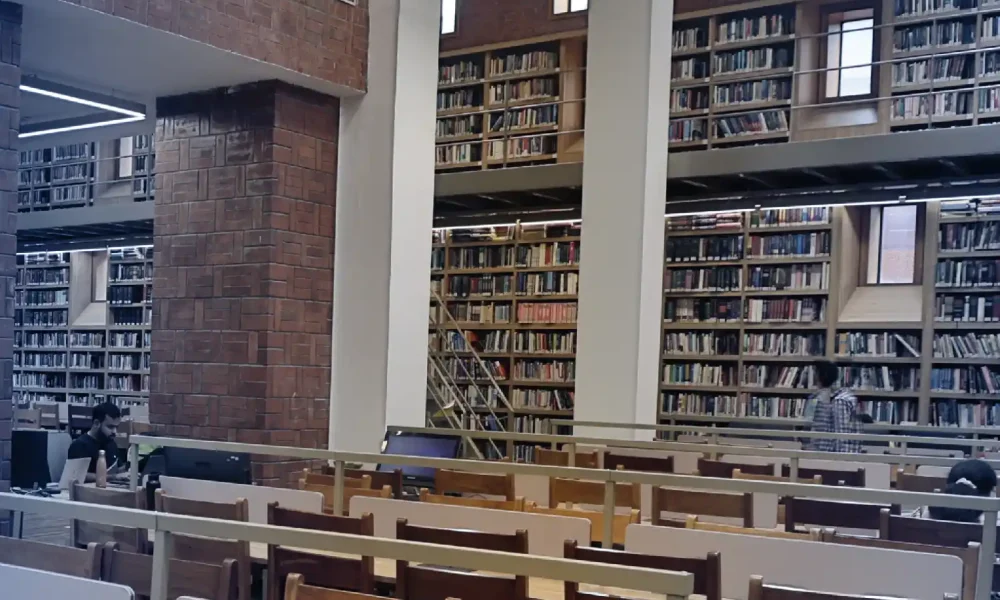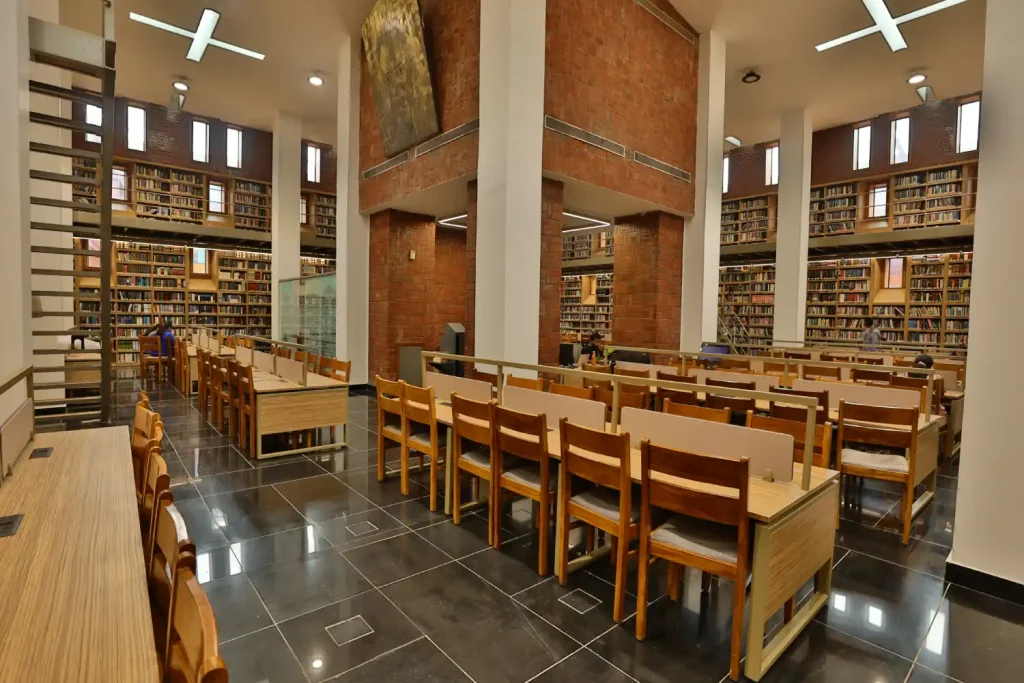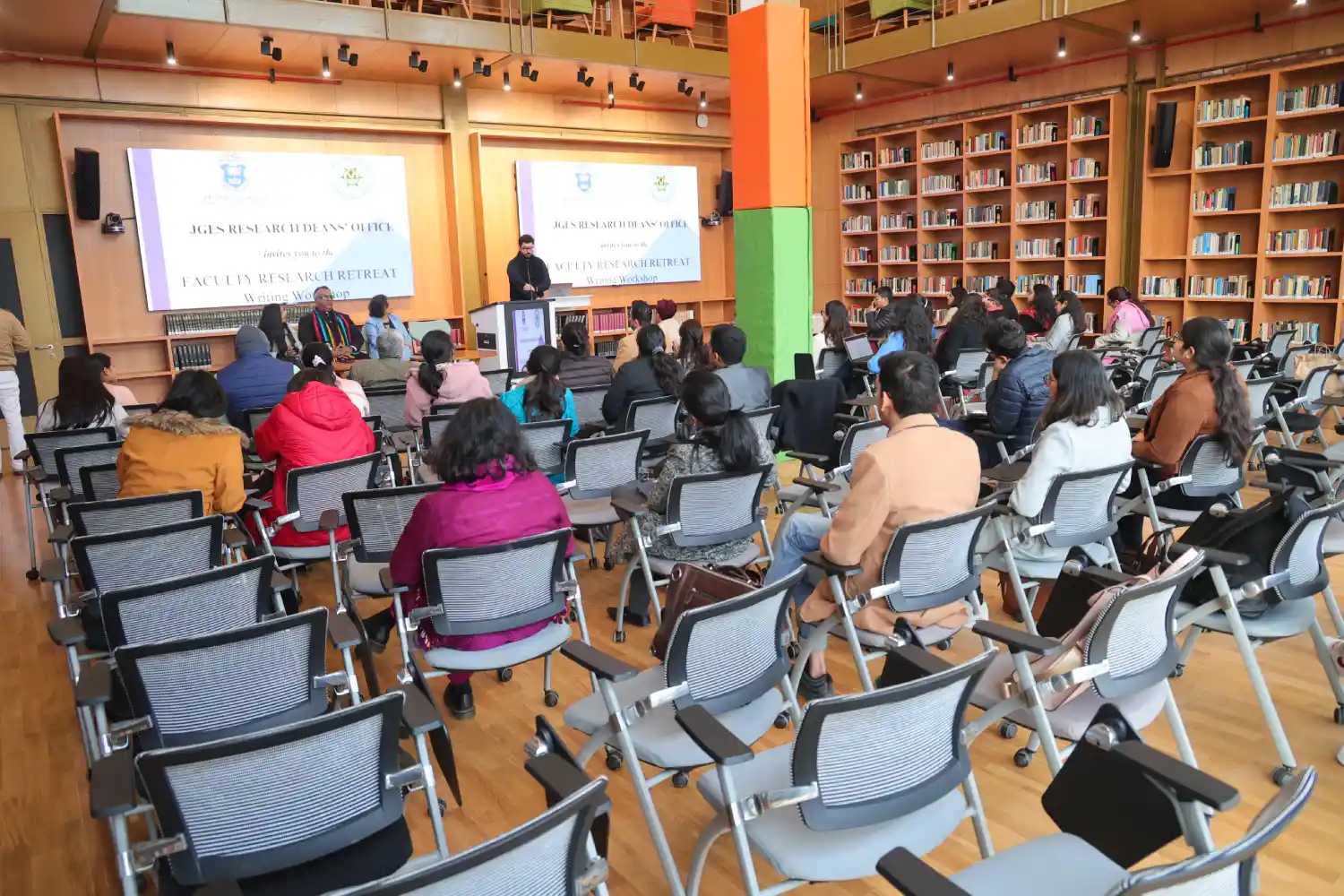The battle against trafficking and gendered violence around the world is not close to being over. One of the newest focuses for many types of exploitation has been exit trafficking.
This crime, which involves coercing or deceiving someone into leaving a country against their will, represents a critical nexus of gendered violence, migration, and border policies.
Australia’s conviction for this crime, the first of its kind in the world, sets the definition for one to dig into how laws, borders, and economies interface their lives and weigh down more vulnerable individuals, especially women.
Therefore, the best law universities in the world are playing pivotal roles in equipping future legal professionals with the tools to fight against trafficking and gendered violence.
So, this blog tries to understand what exit trafficking really is, its connection to gendered violence, its role in global economies, and the way leading law schools make their students champions of justice.
What is Exit Trafficking?
Exit trafficking is a specific offense under the Commonwealth Criminal Code of Australia (Divisions 207 and 271 of the Criminal Code Act 1995 (Cth), which criminalizes abduction, coercing, forcing, threatening, taking advantage of vulnerability or deceiving someone into leaving Australia against their will.
Much attention has been given to human trafficking in countries, but exit trafficking shifts the focus to those who are deliberately taken out, often under pretenses or coercive control.
Under the overarching banner of trafficking and slavery-like practices, this crime vividly illustrates the intersection of laws on gendered violence with issues of migration.
However, the legal regime on exit trafficking is not designed with specific intent to address gender-based violence. Thus, victim-survivors often do not receive full recognition of the range of harm they suffer. The narrow approach of the laws towards border crossing mechanics rather than considering the systemic violence that may happen before or after such events has consequences.
The Intersection of Gendered Violence and Border Policies
Gendered violence, especially domestic, family, and sexual violence (DFSV), is a border-transcending phenomenon, while the law designed to curb trafficking often forgets its complexities.
In many cases, women victimized by DFSV are temporary migrants, trapped in abusive relationships by their dependent visa status and manipulated into crossing borders.
For example, studies conducted in Australia documented incidents of women being tricked back into their countries of origin by false promises or outright coercion. Once returned to their countries of origin, these women’s abusers took their passports, confined them to their homes, or canceled visa sponsorship, effectively abandoning them.
This intersection of DFSV and migration exposes how border policies can inadvertently sustain gendered violence. The State plays a significant role here. By framing issues like exit trafficking narrowly, it risks erasing the broader context of violence that spans borders. Policies need to shift focus from the act of border crossing to the systemic abuse that surrounds it, recognizing the interconnected nature of gendered violence and migration regimes.
Role of the Global Economy in Trafficking and Violence
The global economy has a dynamic role in shaping issues on trafficking and gendered violence. In many cases, economic dependency traps women in cycles of abuse. For example, temporary migrants reliant on their partners for visa sponsorship face heightened risks of coercion and abandonment. These economic pressures compound existing vulnerabilities, making it easier for perpetrators to manipulate and control their victims.
Role of Best Law Universities in the World
Solving trafficking and gendered violence’s complexities involves a multifaceted effort. The best law universities in the world provide significant contributions to the new generations of lawyers, policymakers, or advocates in the fight against trafficking and gendered violence. Providing them with in-depth awareness concerning their study and the knowledge gained over the years gives them the ability to deal well with legal aspects of traffic.
Innovative Curriculum: The best private law colleges in India have incorporated courses on human trafficking, gendered violence, and migration law, making sure that students understand the subtleties of these interrelated issues.
Practical Training: O.P. Jindal Global University, popularly known as one of the best law universities in the world, allows students to experience the practicality of working with victim-survivors, NGOs, and legal aid organizations through clinics and internships.
Research and Advocacy: Leading law schools around the world do significant cutting-edge research in the area of trafficking and gendered violence, thereby impacting policy reform and international conventions.
Global Approaches: Focusing on comparative legal systems, the best law universities in the world equip students to look into trafficking and violence with an international approach, encouraging work together across borders.
The Requirement of a Holistic Approach:
Criminalizing exit trafficking is a significant step, but it is only one piece of the much bigger puzzle. Law reform alone cannot remedy the system that makes all this possible, nor heal from the systems of gendered violence that perpetuate trafficking. The answer has to be holistic legal reform, economic empowerment, and support systems for the survivor victims.
The best law schools in the world are instrumental in advancing this vision. These institutions are shaping a new generation of leaders who can tackle the root causes of trafficking and gendered violence by training students to think critically about the intersections of law, policy, and human rights.
In a Nutshell:
Exit trafficking sits at the intersection of gendered violence, border policies, and systemic inequality. The best law universities in the world equip the next generation of legal professionals with the practical skills and knowledge required to fight against trafficking and gendered violence. It paves a way toward a world where no border would stand in the way of exploiting anyone but act as a bridge toward safety and equality.






